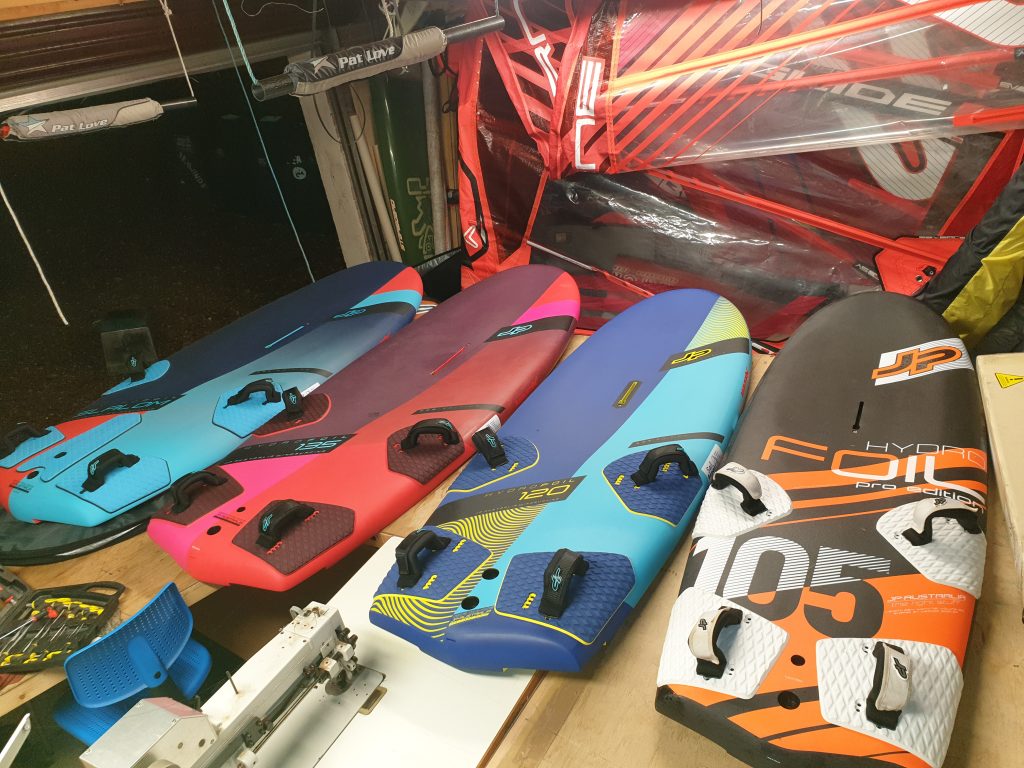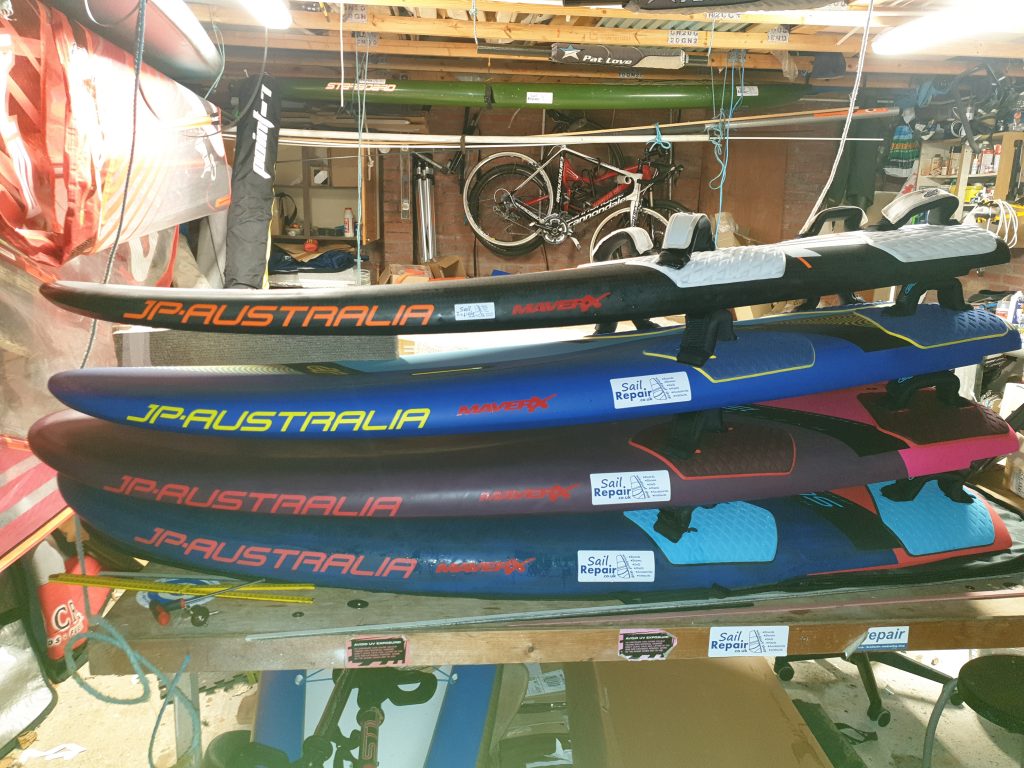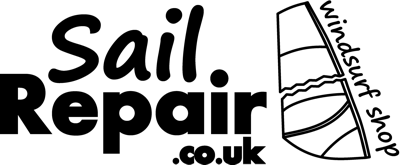JP Hydrofoil Boards
This is a comparative review of the 2019/20 105, 2021 120 and the 2020 135
105 Pro – I love this board, I tend to sail it like a wave board with my back foot out of the straps and central. The board feel small and nimble and with its light weight it is a joy to gybe or ride small swells. For me at 95kg I did need a slight breeze to keep the 105 going, in becalmed conditions it can become a balancing act due to the lack of volume in the nose but all it takes is a 5 mph breeze and a bit of forward movement and the board can chug around and you tend to forget it isn’t a big board. The board is uphaulable as long as there is at least 5 kts of wind (to balance with) and the sail is smaller than 6.0. Due to its lightweight (aprox 6.5 kg) it is quick to fly and once flying will keep going through lulls. I tend to use this board if the wind is 15+ kts. While I can uphaul it I prefer to waterstart it. I have used the board in a good 30 kts and it keeps its manners well. On touchdowns it will normally bounce back up but in heavy chop and due to the 204cm length it can burry its nose. But there is something reasuring when you see the front of the board about 2’ underwater as you know the nose won’t be hit by the mast. I think once you get to boards around the 2m length that the mast hits the water before the nose so I have never damaged its nose (touch wood) despite crashing around in high winds. Sail sizes – up to 6.5

120 LXT – A great size of board, big enough to take a 7.0 and be usable in light winds but small enough to be nimble and agile and like the 105 it gybes very well with height corrections mid gybe easy and responsive. You can sail it in a sporty outboard strap fashion or in a more upright relaxed manner. It is still quite short so not the easiest to tack. Sail sizes 4.5 – 7.0
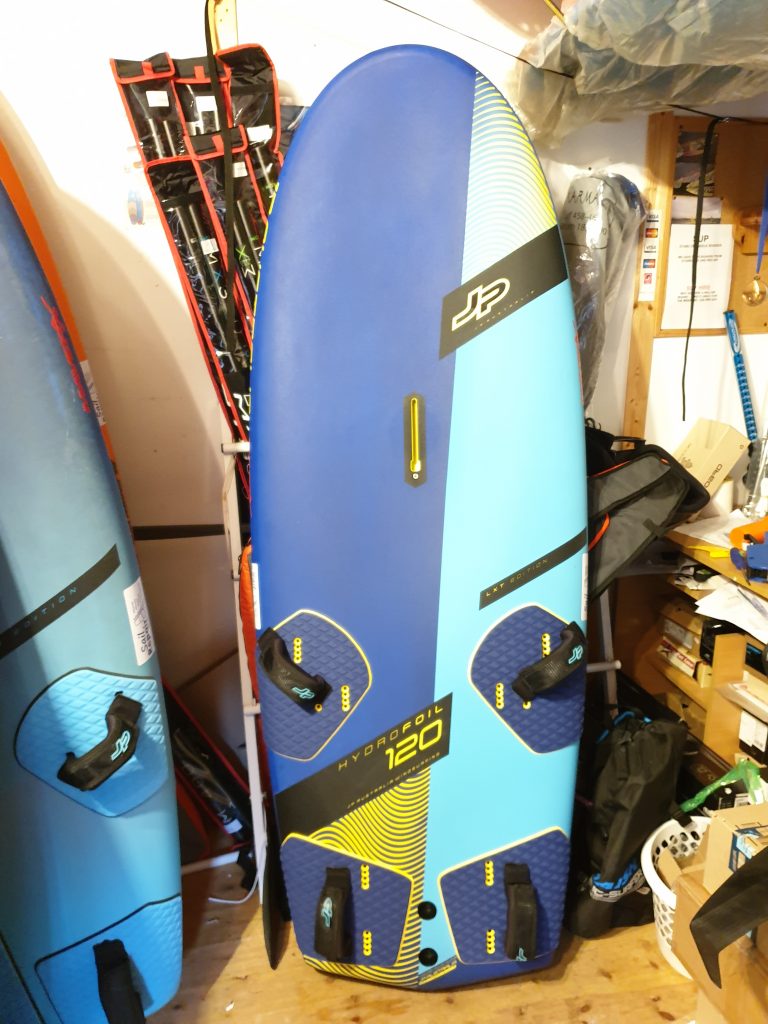
135 Pro – A very nice early flying board that is happy to take big sails. It gybes well and responds to height corrections providing a high success rate for flying out of gybes. It will take a 8.5 (when in the outboard straps) but the board’s sweet spot tends to be a 7.5. Sail sizes 5.5 – 8.5.
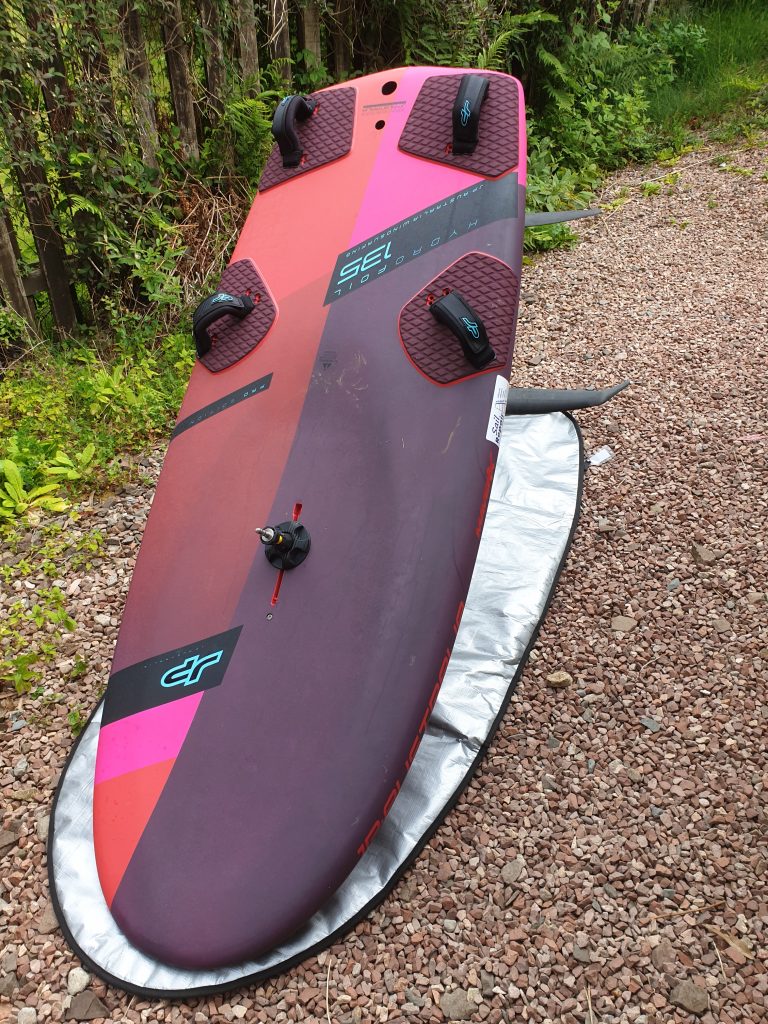
General – The Hydrofoil range has a number of common traits. These top end construction boards are light and well finished. JP tends to have the front straps a bit further back than other brands such as AHD, Severne etc this makes the boards feel more eager to fly. This can be a positive or negative thing depending on your preference. It also makes them a bit more sensitive to what foil you use. At first having used the AHD Thunderbolt I found the JP 135 felt quite lively and less longitudinally stable but over time I got used to it and appreciated the lively ride.
With the boards getting lighter as they get smaller the take off conditions are not as straightforward as they may seem. For example I can get the 105 flying with a 5.8 in the same wind speed as I could with the 135 and a 7.0. I would use the 105 with a 5.8 in the same wind as the 135 with a 6.5. The wider the board the further away from the rig you stand which allows you to hold down more power. The 120 sits in between the other two boards as you would expect.
So who are the boards for? The 105 would suit a competent foiler for stronger wind foiling but it is also an easy board to float around on so it could be someone under 80kg 1st foil board. The 120 would suit most people and for sails up to 7.0. The 135 could be a first foil board for just about anyone but also for someone wanting to go faster. All the boards can be sailed in an upright relaxed fashion or pushed a bit more from the outboard straps. All the boards are comfortable slogging about off the foil.
